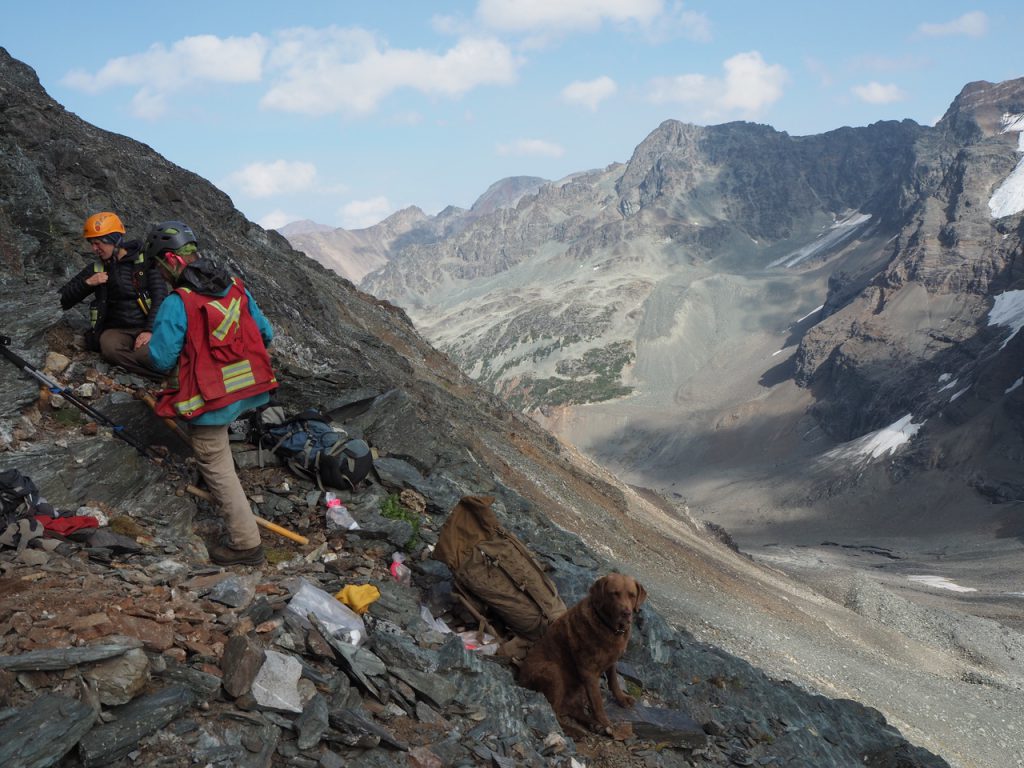Kingfisher outlines broad area of gold mineralization at Goldrange, British Columbia

OLYMPUS DIGITAL CAMERA
Kingfisher Metals Corp. [KFR-TSXV] reported initial rock sampling and backpack drilling results from the 2020 exploration program at its 100%-owned Goldrange Project located approximately 25km south of the town of Tatla Lake, southwestern British Columbia, with logging road access to the north end of the 367km2 project.
A total of 279 rock samples had an average grade of 5.62 g/t gold and a median grade of 2.22 g/t gold. 38 samples were over 10 g/t gold with highlights of 128.90 g/t gold, 67.20 g/t gold, 53.90 g/t gold, 48.10 g/t gold, 46.00 g/t gold, and 45.60 g/t gold.
Channel sampling returned up to 2.08 g/t gold over 6 metres. Backpack drilling returned up to 0.97 g/t gold over 8.3 metres with identification of multiple structural styles of mineralization within intrusive, volcanic, and sedimentary rocks as well as identification of two broad areas of intense structurally-hosted quartz veins at the Cloud Drifter and Langara Zones.
“An average grade of 5.62 g/t gold over 279 samples is very significant and helps to explain what is causing the 3 km-long gold-in-soil anomaly. All shallow backpack drill holes in the Cloud Drifter Trend returned gold mineralization and hand trenches in the forest were also successful at outlining gold mineralization,” stated CEO, Dustin Perry.
“Our 2020 field program encountered many new zones of previously unsampled mineralization, which suggests that this highly prospective segment of the Yalakom Gold Belt has been largely underexplored. Our geological model corroborates the geochemical results along the trend and allows us to plan our 2021 drill program with confidence,” stated VP Exploration, Gayle Febbo.
The Goldrange Project covers a significant deformation zone with numerous precious metal veins across the project. Mineralization at Goldrange occurs as orogenic gold of similar age of the Bridge River camp, part of the Yalakom Gold Belt. Several areas of historical hand mining are located within the project and date back to the 1930s.
The 2020 exploration program was focused on defining drill targets at the Cloud Drifter Trend as well as evaluating the potential of several historically sampled mineralized zones on the project.
